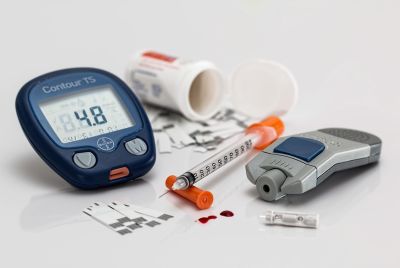Neuroscience: Mini cortex created in lab to study brain disorders

An artificial cortex where the cells communicate with each other just as in the brain has been perfected in the lab using stem cells.
The mini 3-D structures grow and function like the cortex with the "spheroids" buzzing with neuronal network activity.
The purpose of the work is not to build a human brain, say National Institutes of Health (NIH) scientists as much as to study disorders of brain circuitry. The evolving "disease-in-a-dish" technology, funded by the NIH, is aimed at futuristic personalised medicine where culturing a person's stem cells could help treat the person's psychiatric illness precisely.
Sergiu Pasca, MD, of Stanford University, Palo Alto, and colleagues, describe the "human cortical spheroids", in their study published online in the journal Nature Methods.

Scientists had earlier developed neurons differentiated from stem cells derived from patients' skin cells using the induced pluripotent stem cells (iPSCs) mode.
Here the adult cells are genetically reprogrammed to the embryonic stem cell state and then coaxed to form particular cells.
They had produced primitive organoids by coaxing neurons and support cells to organize themselves to mimic the brain's own architecture.
But these lacked the complex circuitry to mimic the workings of human brains.
Based on an improved, streamlined method for producing iPSCs, the latest cortex-like spheroids developed have healthier neurons supported by a more brain-like network of supporting glial cells, resulting in more functional neural connections and circuitry.
The neurons form layers and talk with each other via neural networks.
The spheroid technology generated the same kinds of cortex-like structures in repeated experiments.
The budding cortex could be analysed using conventional brain slice methods. This is what scientists would like to be able to do when looking at the developing cortex of a particular individual with a brain disorder.
"While the technology is still maturing, there is great potential for using these assays to more accurately develop, test safety and effectiveness of new treatments before they are used in individuals with a mental illness," said David Panchision, PhD, NIMH programme director for stem cell research.
Next step
The next logical step would be to develop different neuron types found in the cortex as well as to look into connections between the cortex to other areas of the brain.
iPSCs are already useful tools for drug development and modelling of diseases, and scientists hope to use them in transplantation medicine. At present viruses are used to introduce the reprogramming stem cell factors into adult cells.
The use of viruses calls for careful control and tests before the technique can lead to useful treatment for humans. In animal studies, the virus used sometimes causes cancers. The tissues derived from iPSCs are a nearly identical match to the cell donor and avoids rejection by the immune system.
© Copyright IBTimes 2025. All rights reserved.





















